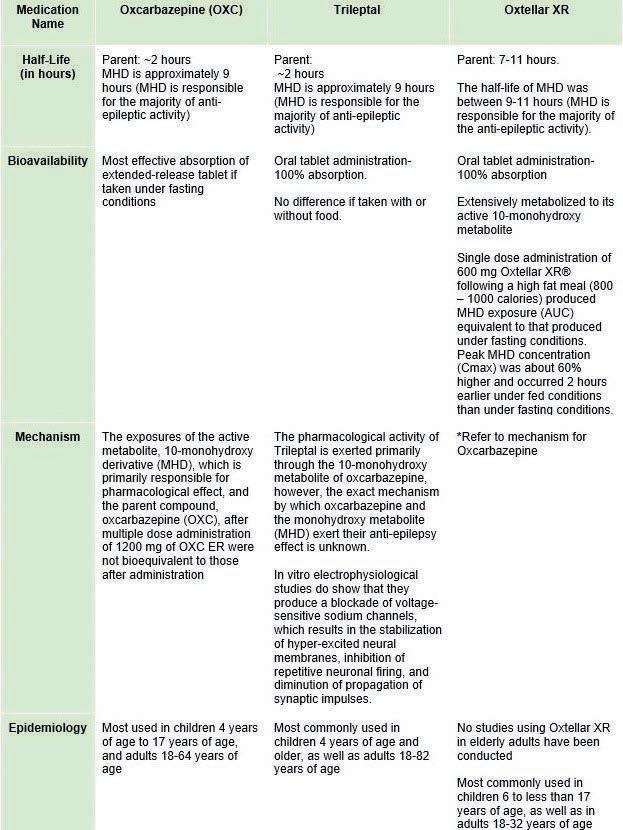Scholarly Research In Progress • Vol. 5, November 2021
Exploring the Impact of Medicaid Expansion on Colorectal Cancer (CRC) with a Focus on Individuals Below the Standard Screening Age in the United States Sandybell J. Anorga1†‡, Mukta C. Bhatnagar1†‡, Chantel V. Golding1†‡, Brian M. Grodecki1†‡, Eric M. Watiri1†‡, Brian J. Piper¹, and Elizabeth C. Kuschinski¹ ¹Geisinger Commonwealth School of Medicine, Scranton, PA 18509 † Master of Biomedical Sciences program ‡ Authors contributed equally Correspondence: mbhat398@outlook.com
Abstract In the United States, the second most common cause of cancer death is colorectal cancer (CRC). While it is imperative that there are viable insurance options to get preventive tests, many states have opted not to participate in the Medicaid expansion, thus adding to health care discrepancies and disparities among CRC patients. The typical U.S. CRC screening age is 50 years old, but due to a rising incidence rate of CRC in younger individuals this standard is now being challenged. We used the Surveillance, Epidemiology, and End Results (SEER) program research data (1975-2017) from the National Cancer Institute (NCI) to conduct a secondary data analysis on CRC participants from a cancer registry based on geography, health insurance access, age, race, and stage of diagnosis. The resulting data analysis for 13 U.S. states (12 Medicaid expansion and one non-expansion) did not yield any association between race and CRC incidence across the provided age groupings. There was, however, a statistically significant association between age group and stage of diagnosis. The highest CRC mortality rates were also found in the southeastern U.S., where the largest proportion of non-expanded states are located. These findings demonstrate a need to lower the CRC screening age to cater to the increase in younger individuals developing this disease, as well as expand the benefits stemming from Medicaid expansion, both of which would ultimately reduce potential CRC disparities and poor health outcomes.
Introduction Colorectal cancer (CRC) remains the second leading cause of cancer-related death in the United States due to rising cases in adults under the age 50 (1). The negative correlation between CRC screening and mortality rates in individuals over the age of 50 years has increased; however, the same cannot be said for those below the screening age (1). Some individuals may fall within a coverage gap if they earn above their state’s eligibility for Medicaid, but below the minimum income required to afford private insurance. This jeopardizes their well-being because they are left without a viable option for obtaining necessary preventive health care. Medicaid expansion may provide a safety net for these lowincome individuals, but only in the states that have opted for its implementation. In order to better understand the impact of Medicaid expansion on CRC, this study examined the incidence and mortality rates with a special focus on individuals below the standard screening age.
82
Despite positive outcomes from screening and diagnostic tests, the U.S. continues to face socioeconomic disparities with CRC incidences. From an economic standpoint, financial barriers have continued to hinder individuals from receiving the necessary CRC screenings (2). It is hypothesized that the unfavorable diagnoses and prognoses of the CRC patients facing these current disparities will be further exacerbated in non-expanded Medicaid states compared to expanded states. Most CRC patients tend to suffer from the disease for quite some time before they are diagnosed due to the “delayed” requirements for CRC screenings starting at ages 50 years and older (3). Individuals below 50 were not originally thought to be at substantial risk for CRC; however, there has been a rise in CRC cases among younger adults once thought to be less prone to the disease (3). Although the incidence of CRC is decreasing for the standard age group, the incidence in those younger than 50 has been increasing by 2.0% annually for the last 9 years (4). These findings make it imperative that younger adults below the screening age of 45 to 50 have a viable insurance option in order to receive these preventive measures, especially if they are deemed to be at a higher risk (5). Moreover, for those young adults with insurance and access to primary care physicians, there are still issues with the recognition of this disease. Of the 1,195 CRC patients and survivors ages 20 to 49 surveyed by researchers in 2018 (mostly in the U.S.), 57% were diagnosed between ages 40 and 49, 33% were diagnosed between 30 and 39, and 10% were diagnosed before age 30 (6). Thus, not only is this younger population more likely to be uninsured and less likely to be screened, but their symptoms are more frequently overlooked by their physicians and themselves. It is no longer safe to assume that only those with a family history of cancer are at risk, as a new group with early onset CRC (EOCRCs) and no family history of the disease has recently emerged (3). These are all patients who were diagnosed under the current recommended screening age of 50 (3). The current diagnostic guidelines were established based on familial cancer and are typically insufficient for early onset diagnosis (3). The importance of this CRC-focused research is reflected in its novelty of investigating the impact of Medicaid expansion on the CRC incidences among the younger individuals as opposed to the typically studied older individuals. If individuals develop CRC at a younger age but lack viable options for diagnosis and treatment, then this will result in increased incidence and mortality rates over time (7). This study aimed to provide












































